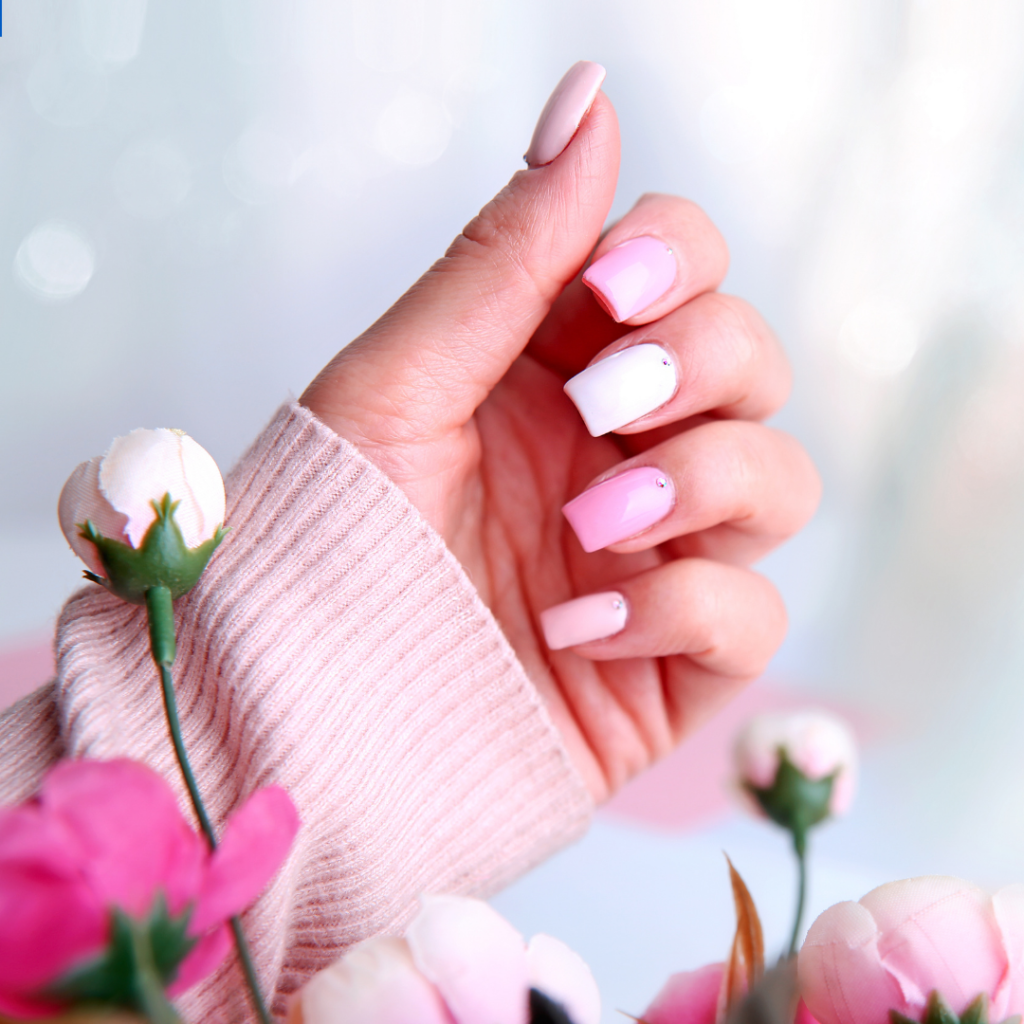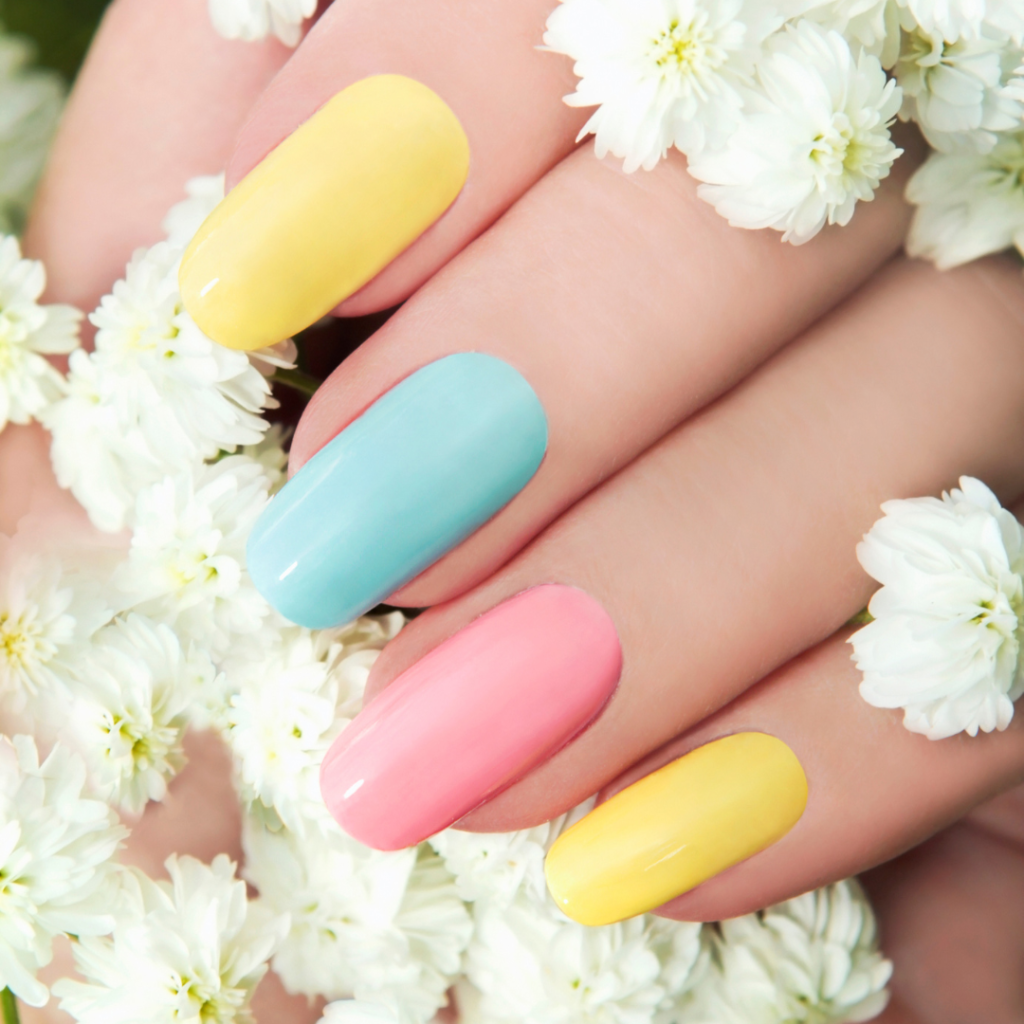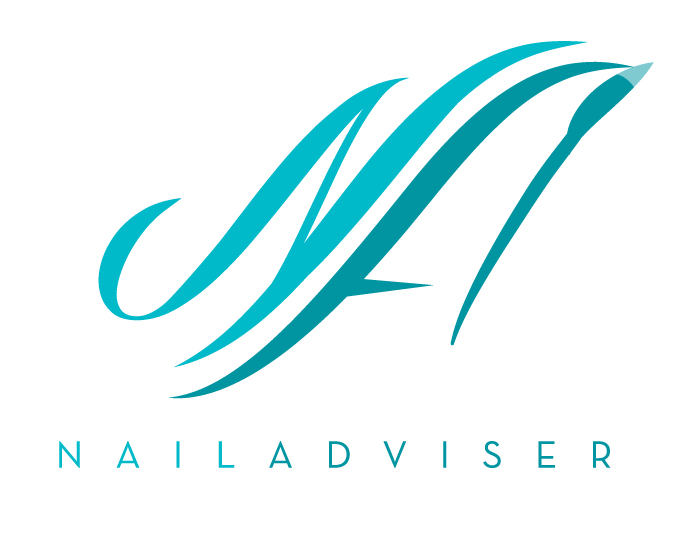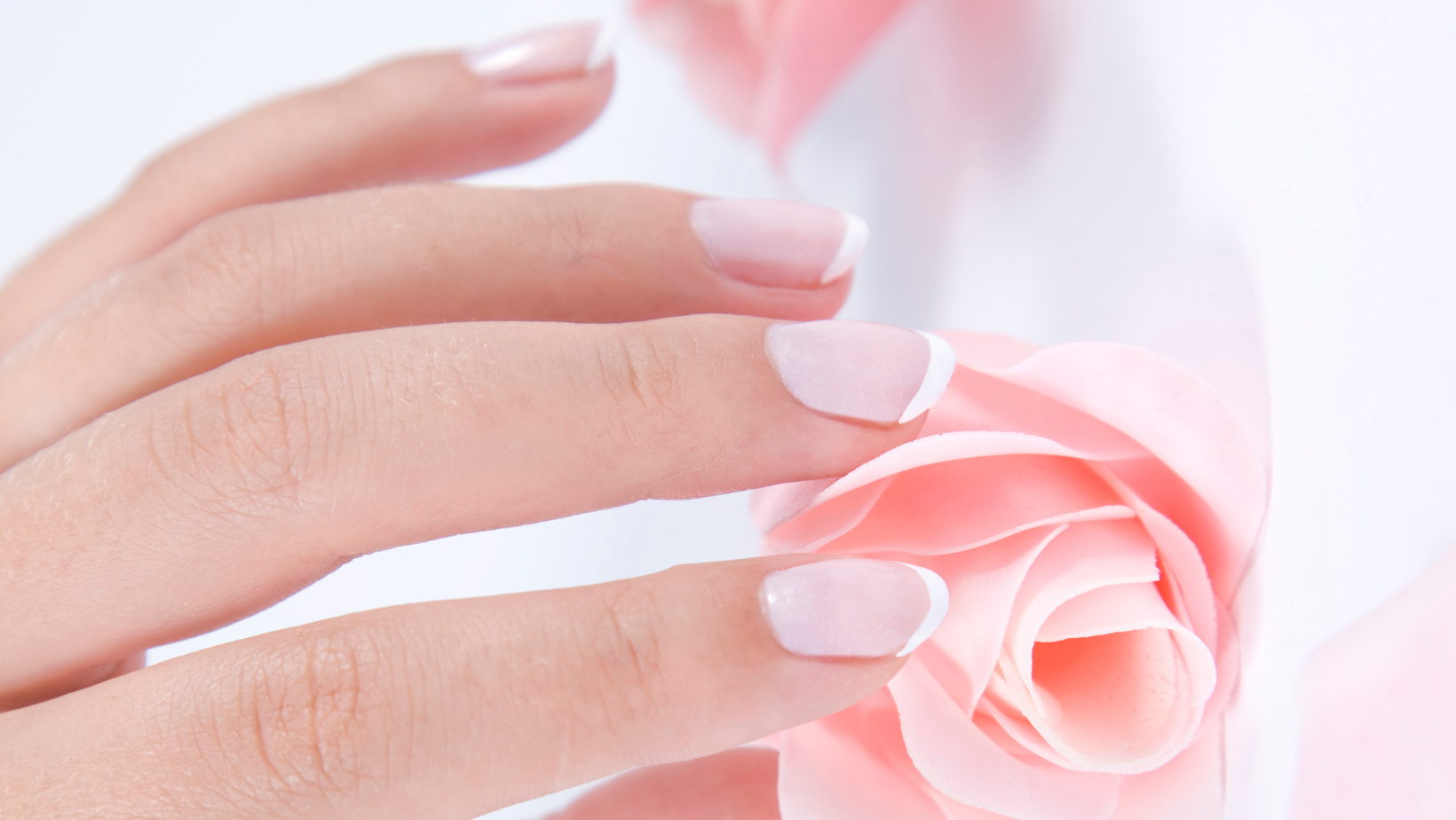What is a non standard salon?
Do you know of the potential dangers of visiting a non standard salon (NSS). Not everyone is aware of the risks that may occur when having your nails done at such places. You might hear a nail technician talking about this from time to time. That is where nail professionals will try to educate clients on the facts of visiting a NSS. In this article I would like to detail the procedures that a standardised salon will follow.
First let’s find out what is a non standard salon? These are salons that do not follow industry set standards. The lack in codes of practice for following certain procedures. This can include things such as service or infection control and hygiene.
So how can you tell if the salon you visit to get your nails done every few weeks is a NSS? Here is how to look out for the warning signs. A non standard salon will not be following some or all these points.


Client consultation.
Even before you have booked your nail appointment the consultation would have started. As any potential client should understand what service they are booking for. There are so many different type of nail service.
The nail technician should give honest advice at this stage. This will hep to avoid confusion or disappointment. It should be clear which service is best for the individuals needs and what the process will involve.
It’s all about communicating and educating the client. We want you to receive the best treatment and take care of your natural nails at the sale time.
All clients must fill out a consultation form on their first visit to a salon. This is to meet the requirements of the salons insurance policy. After after each visit the technician will maintain a record of the treatments.
This will help to keep an accurate record of service treatments provided. This also helps determine a plan to suit needs of the client. It will also identify possible restrictions on service.
If your salon does not follow this procedure then their insurance will not cover them. In the event of something going wrong the salon will be liable.
Cleaning, disinfection and sterilisation.
It is important to keep impeccable hygiene procedures in the salon. Especially considering Covid-19 and the risks involved with staying safe. Not only for the healthy and safety of the client but for the workers too.
Micro-organisms are bacteria that cause disease and can lead to infections. A nail technician must use the correct hygiene method to control bacteria. This will help to prevent cross infection.
The first step is for the nail technician and client must wash their hands to sanitise them. Using hot water and liquid soap or alcohol based hand gel before commencing any service. Some nail technician will also wear gloves for extra protection.
Sterilisation of all metal tools after each client is imperative. This will destroy all micro-organisms and their spores. There are two main sterilisation methods for salons. Wash tools with hot soapy water to remove skin and nail debris before sterilising begins.
Autoclave – Is a moist heat sterilisation unit. It uses pressurised steam to destroy all microorganisms, their spores and viruses. This process takes place in around 20 mins. The temperatures inside the chamber reaches over 100 degrees. So this method can only sterilise metal implements that can withstand this high level of heat.
Chemical Agents – Immersing metal tools in a chemical solution for at least 10 minutes. This length of time is enough to kill microorganisms and viruses. Tools are then rinsed with fresh water and dried to prevent corrosion.
Ultra Violet – These are sterilising cabinets that help to maintain sterile implements. Used in conjunction with the two previous methods to store tools before use on clients.
Next is the disinfection of all nail files using a disinfectant spray. Nail files are then left to air dry before the next use. Some salons will offer a new nail disposable nail file for each client.
Disposable items like orangewood sticks and toe separators are single use only. Throw away after one use and do not use on other clients. This includes items such as cottonwood and tissue.
Wipe down all hard surfaces must with disinfectant spray between clients. Changing fresh clean towels for each client is also a must. The correct washing of towels needs imposing, to reduce the risk of cross infection.
“I’m high on life & nail polish remover. But mostly nail polish remover.“
Safe use of electric nail files.
Electric nail files (not drills) are only designed for removing bulk nail products. They help to maintain artificial nails such as acrylic liquid and powder or hard gel nails.
There are a variety of attachments, made from materials which serve different purposes. A trained nail technician will know which one to use at which point in the service.
Electric nail files should never be used to “etch” into the natural nail plate. This could cause considerable damage and thinning of the natural nail. It is an incorrect way of prepping the nail for enhancements.
Ring of fire is the most common type of damage to the natural nail. These red ridges on the nail plate can be very sensitive or even painful.
Using genuine and safe nail products
Some salons might offer acrylic nail enhancements as a service. This is a hard nail coating that use a liquid (monomer) and powder (polymer) to create an extension or overlay. The liquid chemical recommended for safe nail coatings is EMA (Ethyl Methacrylate).
Some salons might use MMA (Methyl Methacrylate) as their acrylic liquid monomer. This is a much cheaper alternative and is not recommended as a safe nail coating.
MMA nail products do not adhere well to the natural nail plate. So nail technicians that use it must shred the surface of the nail plate with an electric file. This is the only way to get the product to stick.
This damaging chemical is hard, ridged and very difficult to break. It is extremely difficult to remove and does not soak off with acetone. Which can lead to serious nail damage with harsh removal methods.
Salons will buy their products from official suppliers and distributers. These product companies will also provide the correct training, following the manufactures guidelines.
There are many cheap or counterfeit products available for sale online. It is important to know that genuine products are being used on your nails. There can be many problems that arise by using fake products.
To sum it up
This is a scratch on the surface. There are other things that happen in non standard salons but we will save that for another post.
These factors can lead to a variation in costs between the non standard salon and normal nail salons. They might want to save time and money by cutting out the necessary procedures.
Is all this fuss necessary for nails? Of course it is! If you don’t want to pick up an infection with your next full set. Or even worse cause damage to your nails.
There are no excuses for Cutting corners. These standards have bee put in pace to keep us all safe.

